kimair
frozen
- Joined
- May 8, 2003
- Messages
- 14,463
- Reaction score
- 1
interesting article from the ny times...
AMONG the roughly 200 designers who will be showing spring collections at New York Fashion Week beginning next Friday, Malcolm Harris is one of a handful who are black. The lack of diversity among designers is not news to Mr. Harris, nor should it be to anyone who has followed the disproportionately white, male-dominated industry since the time when a Fashion Week lasted only seven days.
Mr. Harris, who calls his year-old label Mal Sirrah (his surname backwards), works in a studio on Convent Avenue in Harlem. He identifies himself as a black designer. “My race is something that I think about every day,” he said. “There was a period when I felt no one really understood what African-American designers went through. It was almost as if our voices were not being heard and our visions were not being seen.”
If that has changed, it is mostly a result of the runway arrivals of hip-hop artists and record producers like Sean Combs and Russell Simmons, who are not really designers but entrepreneurs building clothing brands from their outsize personas, capitalizing on a style born of black street culture, and not so different from, say, Donald Trump’s constructing a brand on the culture of the boardroom.
Certainly more people recognize Mr. Combs and Mr. Simmons as famous African-American designers than Mr. Harris, or even the most prominent black designers on Seventh Avenue from recent decades like Tracy Reese, Stephen Burrows, Patrick Kelly, Byron Lars and Gordon Henderson.
Those designers studied draping and dress construction well before they started their labels, which were successful in some respects, but minute compared with Sean John and Phat Farm, or for that matter, Tommy Hilfiger — a white designer who built an empire selling preppy styles to an urban market, and by selling urban looks back to white teenagers, an apt illustration of the complexities of unraveling the influence of race on fashion, and what we associate specifically with black fashion.
Nonetheless, that is what an ambitious exhibition coming to the Museum of the City of New York, called “Black Style Now,’’ opening Sept. 9, proposes to do. It acknowledges the pervasive impact of the sartorial codes of hip-hop and rap artists in a display that includes a provocatively titled section called “Gangsta Mystique: Prisons, Pimps and Players.” The exhibition attempts to balance that version of black style with work by designers like Mr. Burrows and Jeffrey Banks that would not necessarily be called black style if its creators were not African-American.
As certainly as the show will inspire viewers like Mr. Harris, who said he is shocked at the absence of black designers when the fashion world gathers for galas at the Costume Institute at the Metropolitan Museum, it will frustrate others who think it is hopeless to articulate a separate black style. This is a day when black style-setters like Pharrell Williams and Kanye West dress in polo shirts, rugby shirts and snug pastel sweaters that could be thought of as stereotypically WASP, or when the white performer Gwen Stefani uses Rastafarian color combinations in her fashion collection and on-stage wardrobe.
“I don’t know that we have a style any longer,” said Mr. Burrows, who began a ready-to-wear business selling brightly colored jersey dresses in the 1970’s. “I don’t see it as being black or white or any other color. It’s just a sense of style that is not different than anyone else’s. Celebrities and celebrity lifestyle, however surface they may be, seem to be such a big influence on people that black style will be just like working in the garment center. Everyone’s there and you end up with things looking just the same.”
That is not the point of view of the exhibition, apparently the first on black style in a major New York museum, which was put together in large part by two guest curators, Michael Henry Adams, a social and architecture historian, and Michael McCollom, a fashion designer. It was inspired by a groundbreaking exhibition at the Victoria and Albert Museum in London in 2004.
The other day the men were ordering lunch at Miss Mamie’s Spoonbread Too in Harlem, when Norma Jean Darden, a former model and an owner of the restaurant, dropped by their table.
“Now I have an important question for the two Michaels,” Ms. Darden said, pausing dramatically. “Are you including anything of Elizabeth Keckley?”
Her question was an example of the expectations that Mr. Adams and Mr. McCollom, who are black, said they feel from black audiences to demonstrate the importance of black style, because their history has been largely ignored by mainstream cultural institutions. They also expect greater criticism from black audiences over the inclusion of hip-hop styles that invoke negative stereotypes.
Addressing Ms. Darden’s question about Elizabeth Keckley, a slave who became the dressmaker to Mary Todd Lincoln, Mr. Adams said she was not included because her achievements happened outside the intended scope of the exhibition. “Black Style Now” begins its narrative in the 1920’s and concentrates on the impact of hip-hop on mainstream fashion from the 1970’s to the present. Mr. Adams sighed as he called the show a “vain attempt to show black style in all its complexity in New York.”
The show includes examples of wedding and debutante dresses seen in photographs, as well as the story of pioneering models like Ms. Darden and Dorothea Towles Church, and examples of work by designers like Mr. Burrows, Jon Haggins and Willi Smith, who broke through the color barriers of the fashion industry in the 70’s.
According to Mr. Adams and Mr. McCollom, the exhibition would have had a much narrower focus without their involvement. “The museum only wanted to show one thing,” Mr. Adams said. “This was to be the King Tut exhibition of hip-hop.”
The two men said senior museum administrators envisioned a crowd-pleasing display of youth styles that started in the streets and became an exuberant worldwide uniform. They did not want the show to fully explore thornier issues behind the mass market embrace of hip-hop looks — specifically, whether styles based in criminal subcultures perpetuate antisocial attitudes.
“So much of what one might describe as the negative aspects of the hip-hop expression are not dealt with because, from the museum’s point of view, as they would stress over and over, this is just a fashion exhibition that doesn’t have anything to do with politics or race or class,” Mr. Adams said. “It is my hope this will be dealt with in a more substantive and satisfying way in the public programs.”
Sarah M. Henry, the deputy director and chief curator of the museum, said Wednesday that she was puzzled by the complaints.
“This is the role of the museum, to take these difficult issues and present them in a responsible and neutral way, and I feel we’ve done that,’’ Ms. Henry said. “It is a fashion exhibition, we do keep that clear. But fashion is important in part because it is a window into political, social, cultural and racial history. It is a subtext that I totally embrace and I think that the exhibition does as well.’’
In the show there are pristine white Nike and Adidas shoes paired with outfits from urban labels like Dapper Dan, FUBU, Rocawear and Phat Farm. The walls are to be lined with images of Run-DMC, Jay Z, Mr. Combs and Beyoncé, some from blaxploitation films like “Superfly.”
There are examples of baggy jeans slipping below the waistline, a fur-collared cape and fedora, gold neck chains and other bling worn by rap stars who dressed in outfits inspired by pimps or players. The rapper 50 Cent, a multiple gunshot-wound victim, is shown in a bulletproof vest worn as a fashion statement, Mr. McCollom said.
Mr. Adams described the approach as “acknowledging the reality of it without really explaining it,” which could be fodder for critics like the comedian Bill Cosby, who has argued that hip-hop has perpetuated racial stereotypes, hyper-materialism and a disrespect for education.
Perhaps a more incisive critique of the hip-hop fashions will come from viewers who find that including them in a museum, however belatedly, is obvious to the point of tedium. Ms. Reese, the designer, said she was excited to see the exhibition’s highlights of Willi Smith and Anne Lowe, the designer of Jackie Kennedy’s wedding dress, but did not care to revisit the past of hip-hop. “We’ve seen it, it’s all over the place and verging on tired,” she said.
But Mr. Adams said it was essential to put on exhibit the Timberland boots, Kangol hats, athletic jerseys and other hip-hop signatures, which are inherently neither black nor white, because there is a racial connotation to the style they evoke, which engenders a powerful sentiment of ownership.
It was young urban blacks who first wore those styles in such a way as to make them their own, even though the looks were quickly adopted by the mainstream. Baggy jeans and oversize T-shirts are marketed as “urban” in malls everywhere, and luxury brands like Gucci, Chanel and Burberry make logo-driven bucket hats and diamond and crystal encrusted mega-watches that come from black styles, but negate the idea that these looks are exclusively black style.
“Black style has become American style and arguably world style,” Ms. Henry said. “The hip-hop revolution has transformed the way the world dresses.”
Last edited by a moderator:

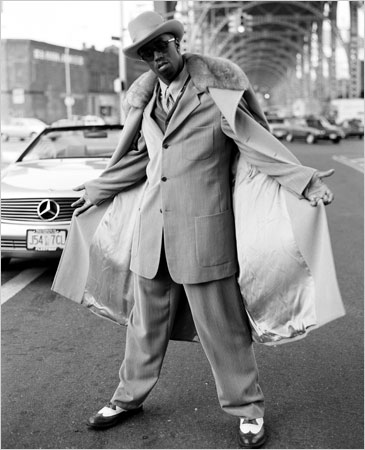
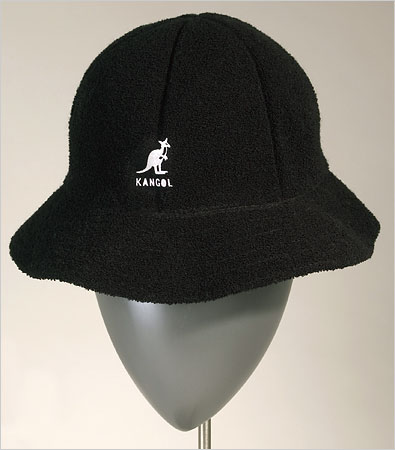
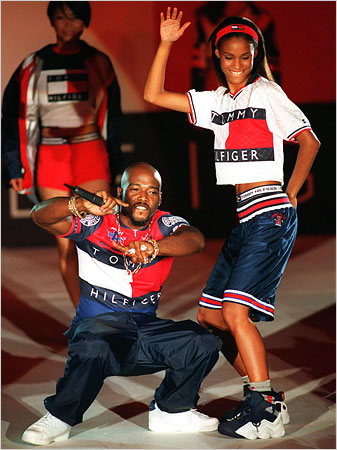
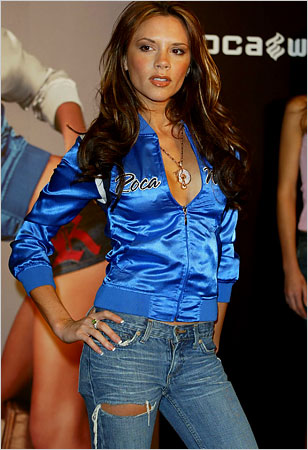
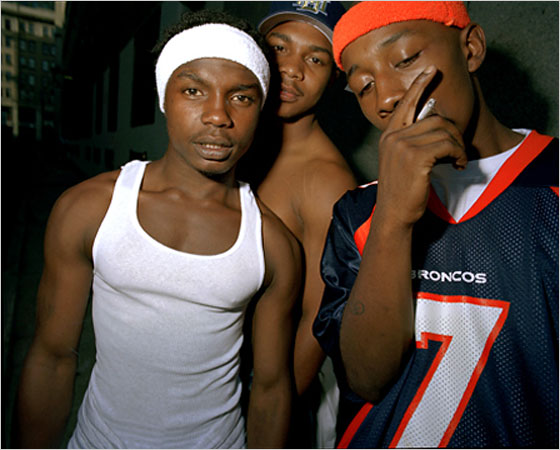
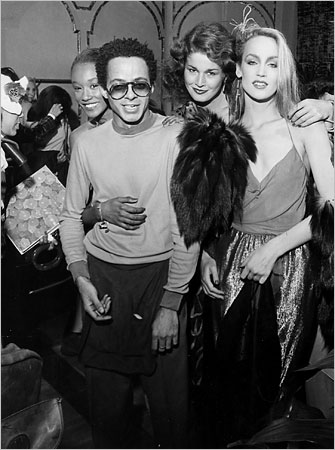

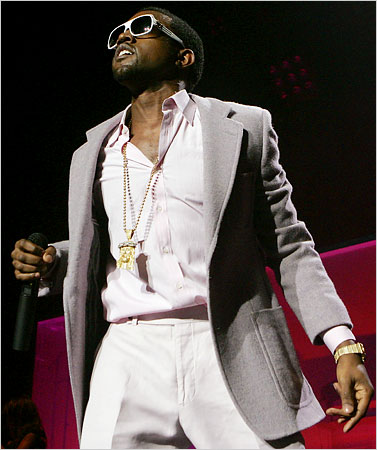
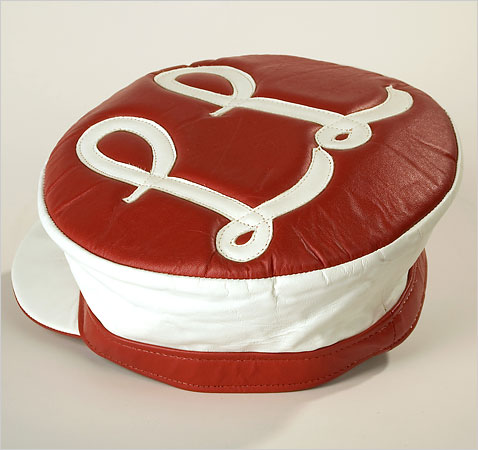
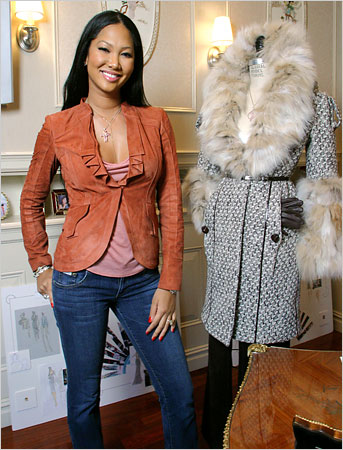
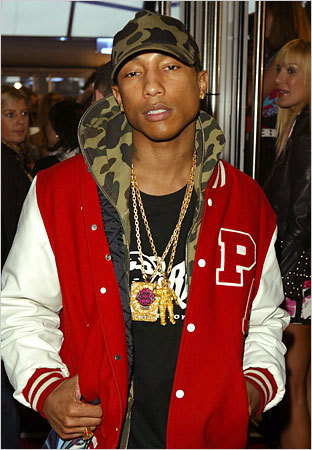

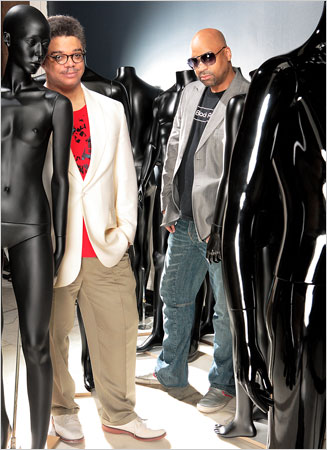
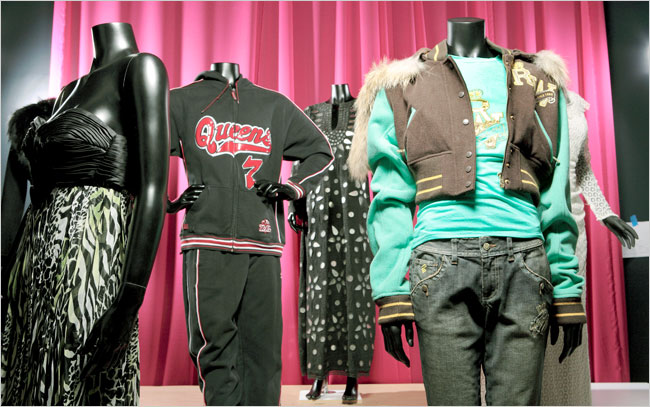
 , very interesting. Things ARE going to change....
, very interesting. Things ARE going to change....